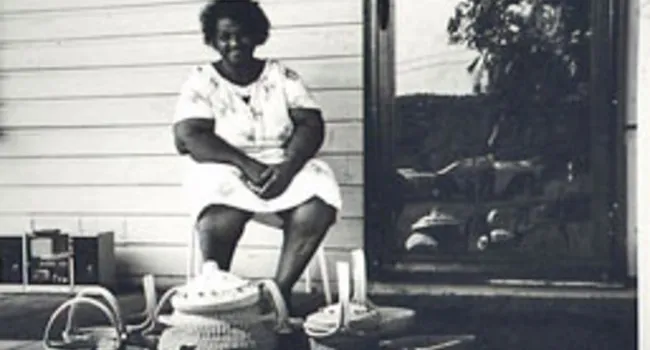
Audio
Leroy Browne explains where to find materials for the baskets.
Basketmaking in South Carolina reflects the blending of Native American, European and African traditions to create two predominate types of baskets - the coiled baskets of the Lowcountry and woven baskets of the Piedmont and Blue Ridge. Native Americans used river cane to plait baskets, mats and fish traps. Europeans maintained Old World techniques and forms, adapting them to new materials like white oak to weave their harvest baskets and clothes hampers. On the coast, enslaved Africans brought their knowledge of rice production and introduced coiled basketry using local sweetgrass, bulrush, palmetto, and pine needles. Today, traditional basketmakers have adapted their forms to a changing market and most baskets are made for decorative use.
Content is provided by McKissick Museum, University of South Carolina.
For further information about any of the artists featured on Digital Traditions, send your questions and comments to hallagan@mailbox.sc.edu.

Audio
Leroy Browne explains where to find materials for the baskets.
Audio
Marie Manigault talks about the dangers of gathering materials for the baskets.
Audio
Leroy Browne talks about when his father gathered bulrush.
Audio
Jessie Bennett describes the places he looks for sweetgrass.
Audio
Basketmaker Nathaniel Washington talks about laying out the ribs of the basket.
Audio
R.C. Hagan talks about how he started making axe and hammer handles.
Audio
Maggie Manigault talks about using pine knots as decoration.
Audio
Sue Middleton tells how the cake basket got its name.
Audio
Maggie Manigault talks about putting young children in baskets to sleep.
Audio
Sue Middleton talks about learning to make more complicated baskets.